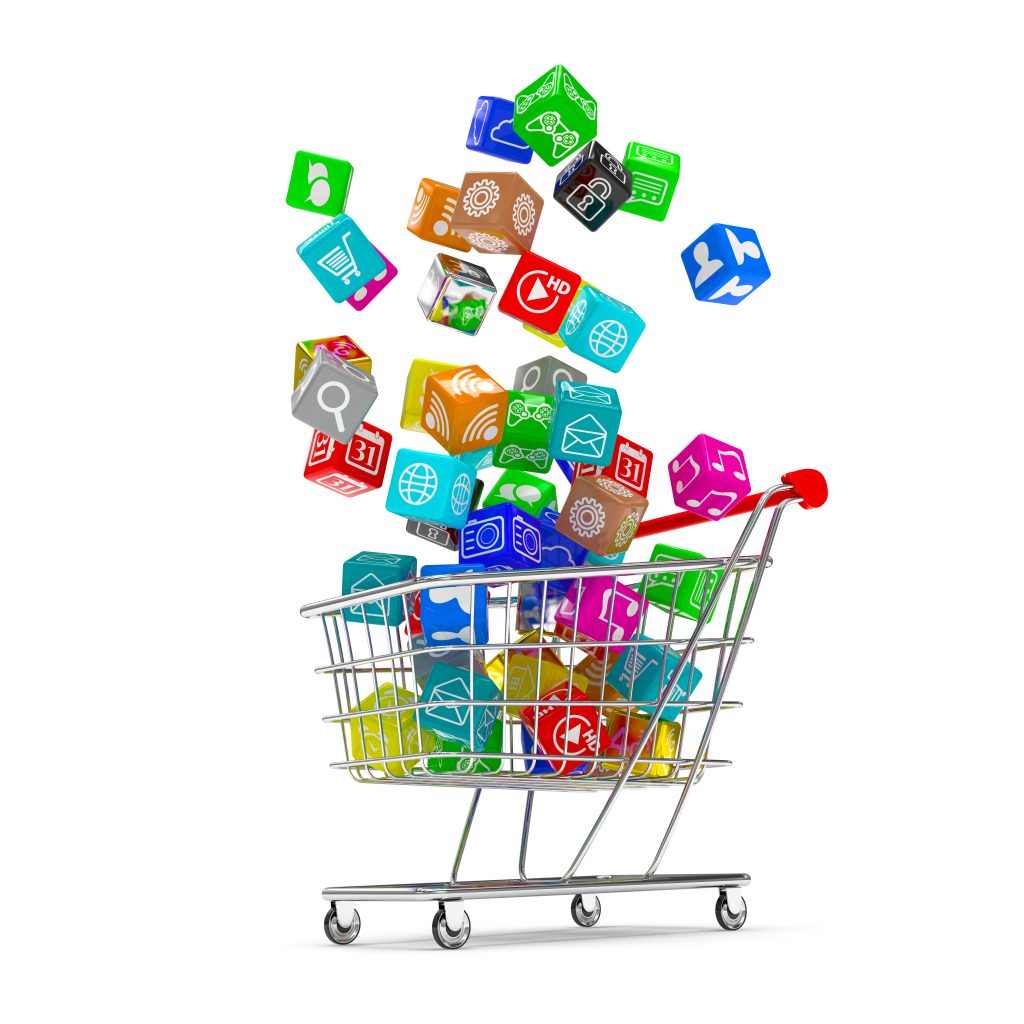SOMA-The New Decentralized Social Marketplace
By Laura Desmond
On Aug 29, 2018, Helsinki-based SOMA announced about receiving Round -1 funding worth €50,000 from Business Finland, which is a public funding agency within the Finnish Ministry of Economic Affairs and Employment. As per the norms, SOMA is eligible in the future to gain funding up to €1 million in Round 2 and up to €20 million in Round 3.
These days where the majority of governments are sceptical about blockchain projects, It made me wonder why the Finnish government got interested in this project. I thought it would be interesting to review and discover what SOMA is offering, which attracted funding from Business Finland.
First up, give it all 50 claps, then dive in and enjoy!
Introduction — The Problem
Online shopping has arguably changed the way we shop and live. It helped people to buy new or used products from any part of the world from the comfort of own homes. As per the latest reports, the global E-commerce market is anticipated to reach USD 7,724.8 billion by 2025. Currently, a handful of players such as Amazon, eBay, Alibaba dominates the market which leads to market manipulation and brings in a host of centralization issues.
As the industry started to grow, it became evident that the world of online shopping is not all roses. Some of these problems include too much centralization, monopoly, supply chain management, payments issues, transparency, fees, personal data security, etc.
Irrespective of all comforts online shopping provides, a significant aspect an online shopper will be missing is the social interaction factor. If you look at the history of trading, social interaction was one key element that helped to build trust as well as give the shopper a unique experience about shopping.
Blockchain project SOMA is all set to bring the social interaction factor back
So what is SOMA?
Soma is a revolutionary decentralized platform that facilitates trade and social interaction powered by blockchain technology and a native cryptocurrency (Soma Community Token, or SCT) for liquidity within the Soma Community. By disintermediating the value chain, buyers and sellers can realize greater profits. At the same time, an innovative rewards system incentivizes beneficial collaboration and ensures that value-adding services are compensated — Jacob Andra, CMO@Soma
To put in simple words, SOMA is unarguable “first of a kind” decentralized marketplace wherein sellers, and buyers can securely and reliably trade with each other. Unlike the conventional online shopping portals which rely on product reviews or rating (a majority of them are fakes), SOMA harnesses the goodness of social interaction factor (Liking, Sharing, etc.) to help the buyer with decision making and provide him with genuine feedback.
For participating in the platform, SOMA encourages and rewards the users with SOMA tokens(SCT). Since all the interactions get paid, it will help to create more user engagement, which in turn helps the products to reach more audience. The SOMA Rewarding System also recognises active participants as core elements for promoting the products for the target audience and acting as an escrow agent to secure all transactions.
A peek into SOMA Ecosystem.
The core component of SOMA ecosystem will be the marketplace which is planned to launch in 2019. The blockchain based SOMA marketplace will be powered with Ethereum based smart contracts to enable its users to create patent-pending “Interactive Item Cards(IIC)”.
Let’s try to understand “Interactive Item Cards(IIC)” based on the high-value Art market. Majority of the galleries will label the Artwork they buy and sell. A gallery label in the back panel can tell you a brief history, including which galleries have owned the painting, the year they bought it, year of restoration(if any) etc. It also can throw light on the chain of ownership (provenance) which is the most vital for the valuation of the artwork. If the chain of ownership includes a duke or a personality from a royal house, the price of the artwork skyrockets
Similar to labels above, the Interactive Item Cards provides with a digital label of the listed product. It will store all the data related to the item such as history, quality, price history, the condition of the product, damages etc. on the blockchain which cannot be tampered with. As time passes the social value of the card increases as all the transaction is captured and labelled which provide a clear provenance of the product. Since the item card is passed along with the product, It helps the buyer with clear provenance as well as to have a honest rating of the product.
As discussed in SOMA whitepaper, Interactive Item Cards are not only beneficial for the buyers and sellers but to the Community members as well. Any community members can promote IIC’s created by other users and earn SCT as a reward. As users can also receive SCT by acting as a trusted third party in a transaction between a seller and a buyer, securing the interests of both the parties. All Interactive Item Cards data is recorded on the Ethereum blockchain, and the smart contracts govern the platform trades. This offers a very high level of transparency and eliminates the requirement for a trusted third party or central power.
Let’s have a look how SOMA is beneficial for both individuals and enterprise.
Individuals.
- Better Price realization (No middlemen Involved).
- Global outreach (Unlike traditional market which has regional constraints, SOMA is an open marketplace without boundaries).
- Clear provenance (IIC card gives a clear and tamper-proof history)
- Social interaction factor (Trade and interact with real people)
- Decentralisation (Bye Bye Monopoly)
- Participate and get rewarded.
Enterprise.
- Better Exposure to genuine customers
- Provenance (Helps to protect your product from counterfeiting )
- Better outreach
- Big data to help better decision making
SOMA Use Case — Watch Industry
The Problem
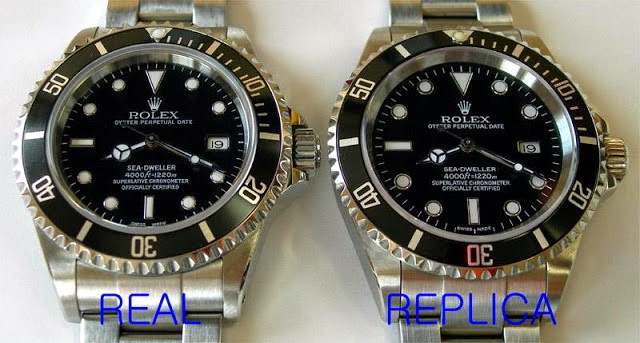
Can you spot the difference between a genuine $12,000 Rolex and $120 worth knockoff?
An original Rolex is made in alloys of noble metals such as gold, platinum or steel of high quality, whereas a replica will be made of substandard metals. Unfortunately, a majority of users cant spot the difference and end up buying the replica model sometimes paying the price of an original piece.
You will be surprised to know that fake watch industry is worth a Billion dollars. According to an article produced by 24/7 Wall St, counterfeit watches make up 11% of customs seizures. It was reported, goods worth $653.6 million was seized by law enforcement in 2016 alone.
As per data , its been estimated that 40 million counterfeit watches are produced annually, 25% more than Switzerland’s annual output. The sales of replica watches started increasing with the arrival internet and now is widely available in online shopping sites such as Alibaba, eBay, amazon etc.
Counterfeiting impacts both the makers and users. While the brand suffers from reputation and financial loss, the users suffer from the bad experience, and in some cases, they end up paying a higher amount for a replica as well.
The Solution.
Before we start, we should first understand about SOMA patent pending Heimdall Protocol.
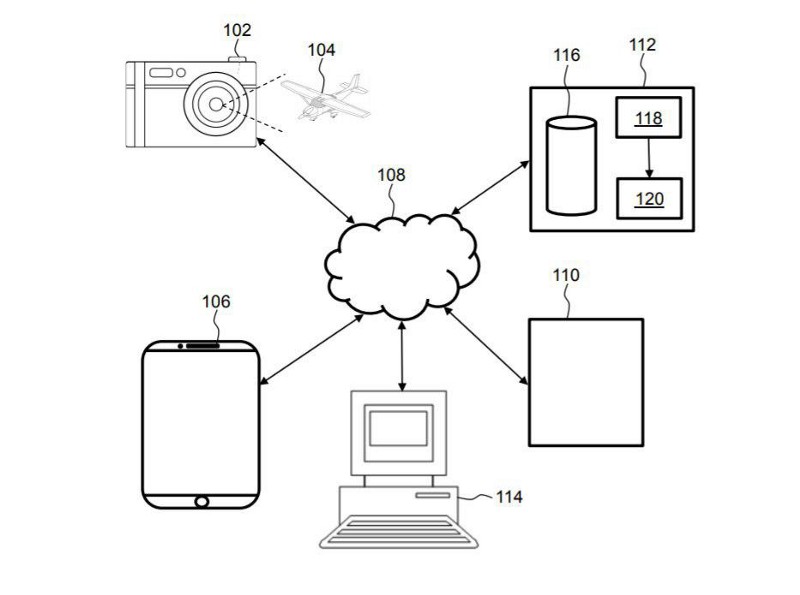
As per the official communication.
Heimdall is a patent-pending protocol for representing physical items and their provenance digitally. It stores information about ownership history, the item’s condition at key points in time (such as ownership transfer), and where appropriate, verification of the item’s authenticity.
Once an instantiation of Heimdall is created for an item, it can be appended to but never altered. Every change in status, condition, or ownership is preserved as an immutable record. New information can continually be added to the record, creating an increasingly detailed portrait of the item, its provenance, and its subsequent history.
Once the watchmaker became the part of the program, he can list his valuable timepieces along with an Interactive Item Card (IIC) in the SOMA marketplace. The Interactive Item Card (IIC )will be acting as digital information storage storing A to Z information about the timepiece like materials used, no of components, various images and videos of the product etc.
All platform users will be able to access the item card which will provide them with detailed information about the listed product. Any new changes will be further recorded in the item card, and all data will be stored in tamper-proof blockchain. Users can either use SCT as a mode of payment, and he will have options to use other currency(Crypto / Fiat) as well.
From a marketing perspective, since all the social interactions (Like, Share, Comments) in SOMA platform are rewarded with SCT, platform users will be encouraged to promote the item card, which enables wider reach for the product.
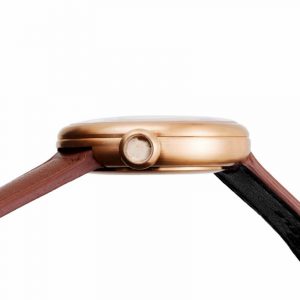
From a buyers perspective, since all the data of the products are recorded in tamper proof blockchain it helps him to establish the provenance of the product. Since the item card will be transferred to the new owner during the sales, it can act as a proof of guaranty as well. In future, if the current user wishes to resell the product he can just list it in SOMA platform along with the item card which will help him to realise better price.
SOMA is all set to run a pilot program and is preparing for the next phase of global scaling. The pilot program is targeted to begin in Q1–2019 and will be running throughout Q2–2019. SOMA has already started tieing up with enterprise participants so that the platform will have enough merchandise before initiating the user acquisition portion of the program.
Already leading watchmakers like Bausele , SAVOT, DWISS, Sipilän Kello, Diefendorff etc has signed up for SOMA pilot program
If you’re a watch manufacturer or retailer, you can be in touch [email protected] for the tie-up.
Milestones & Progress
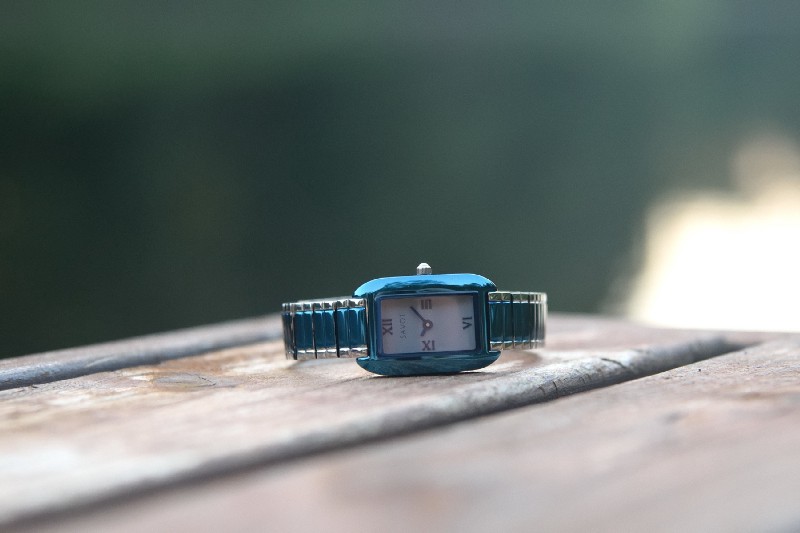
SOMA is already in line with the roadmap with MVP released on Q2 2018.Some of the past milestones covered are
- 2016 — Q3 — SOMA begins
- 2016 — Q4–1st funding round
- 2017 — Q2 — First app prototype
- 2018 — Q1 — Android app
- 2018 — Q2 — MVP release
Coming to the Github activity, it’s fairly minimum with just two repositories. This may raise a red flag, but in some cases, the project team prefer to keep the code private.
Team

SOMA is based out of Finland and co-founders Jukka Hilmola and Jacob Andra driving the company forward with help from the rest of the SOMA team
Token
SCT (SOMA community token) is an ERC20 token. SOMA held the ICO on 27th Sept 2017, selling 4 Million tokens in the ICO.
EndNote.
Currently, traditional e-commerce market is controlled by a handful players, which is too centralised and the maximum advantage is enjoyed by monopolies only. SOMA, on the other hand, is based on a decentralised model which gives users more authentic, efficient, and personalised transaction experience.
Out of all projects I reviewed, SOMA is one of the projects with strong fundamentals.O ne more positive fact is the investment from Business Finland as well as growing interest among the top watchmakers to be part of the pilot project.
The greatest challenge SOMA will face is the addition of users to the marketplace. We need to wait till 2019 to see how users will be responding to this innovative and transparent marketplace.

